Weaning is one of the milestones that is more appealing in babies’ diets to allow them to eat more foods although it brings new sets of challenges and concerns, especially when beginning with allergenic foods like nuts. Cashew nuts are amongst the healthy products that could be quite beneficial for the baby when incorporated properly and at the right age. Here, you will learn when and how to begin integrating cashews into your baby’s diet while providing detailed guidelines for a pleasant experience.
When to Introduce Cashews
Age Considerations
The guidelines for the initiation of nuts in the diet of babies is that; they should be between half a year of age and have started on solids. However, one has to take into account the fact that your baby is ready for new textures and potential allergens.
Signs of Readiness
Before introducing cashews, ensure your baby exhibits these signs of readiness for solid foods:
- Can sit up with some assistance
- Shows interest in food
- While can grasp objects and bring these to its mouth
- He has lost the tongue-thrust reflex – (extrusion: chewing and pushing food out with the tongue).
Consultation with a Paediatrician
For this reason, do not introduce any nuts, including cashews when you do not have your paediatrician’s approval in case you have a history of allergies in the family. It is always easy for a doctor to give professional recommendations depending on the general well-being and development of the baby.
To sum it up, it is safe to introduce cashews as follows:
Preparing Cashews for Babies
Nuts, especially whole nuts such as cashews, should not be given to babies and toddlers for fear of choking on them. Therefore, it's essential to modify their form for safe consumption:
- Cashew Butter: When introducing cashews to the diet, one of the best ways is to use smooth cashew butter since it is very safe. Make sure it does not contain additional sugars & salt or other unhealthy ingredients.
- Cashew Powder: When applied to wet, soft textures, such as for example purees, cereals, or yogurts, ground cashews will be easy to mix into the foods.
Starting with Small Quantities
When first cooking cashews ensure that you use a small portion because it has been noted that some people may develop an allergic reaction once they come in contact with cashews. A little bit of cashew butter or powder can be added to what a child usually takes in order to help him start taking cashew nuts.
Watch for Allergic Reactions
Common allergic reactions to look out for include:
- Hives or skin rash
- Excessive Formation of stomach gases
- Difficulty breathing
- Vomiting or diarrhoea
In case of any symptoms of an allergic reaction, you should discontinue the feeding of cashews forthright and contact a medical practitioner.
Health impact of cashews consumption on babies
Rich in Healthy Fats
Cashews are very good in healthy fats and these are important in the growth of the brain and other body structures. These fats also assist in the assimilation of fat-soluble vitamins from the groups A, D, E, and K.
High in Protein
Protein is required for enormous growth and development within the baby’s body system. Crave nuts also offer a relatively rich amount of protein that is derived from plants hence aiding in muscle development not to mention the advancement of a healthy immune system.
Rich in Vitamin and Minerals
Cashews are also sources of such vitamins as magnesium, phosphorus, zinc, and vitamin E that are important in bone health, immune strength, and development.
Fibre Content
For healthy digestion, the fibre present in cashews ensures that one is protected from constipation and has a healthy stomach.
How to Introduce Cashews into the Diet of Your Baby
Cashew Butter Spread
Bring out a slice of soft bread, toast, or any fruit, particularly banana or apple, and spread on it a thin layer of cashew butter. See to it that these pieces are in a size that your baby can manage or else your baby may choke on these toys.
Mixed into Purees
To the regular fruit or vegetable puree that your baby takes, you can add some cashew powder or a small amount of cashew butter.
Consumed with Yogurt or as a topping on Cereal
Sprinkle cashew powder on yogurt or dipped in oatmeal to add taste and nutrients to the food. This method makes sure that your baby gets to enjoy cashews in so doing avoiding the risks of your baby choking on the same.
Homemade Cashew Milk
To make cashew milk from scratch, put soaked cashew in water and ground in a blender until smooth. Let the mixture settle and pour the liquid part into another container and filter it, it can be served as a beverage or added to other dishes.
Tips for a Positive Introduction
Be Patient
Introducing new foods can take time. Be patient and offer cashews multiple times, even if your baby initially rejects them.
Monitor Consistency
Ensure that the cashew butter or powder is smooth and free from lumps. Avoid chunky textures that could pose a choking hazard.
Combine with Familiar Foods
Mix cashews with foods your baby already enjoys. This can make the new flavour more acceptable and enjoyable.
Observe Your Baby
Always watch your baby closely during feeding times to quickly identify any adverse reactions and to ensure they are handling the new texture well.
Introducing cashews to your baby can be a delightful and nutritious addition to their diet when done safely and thoughtfully. By following these guidelines and consulting with your paediatrician, you can provide your baby with the benefits of cashews while minimising any risks. At Tong Garden, we prioritise the health and well-being of your family, offering high-quality nuts that can be safely introduced into your baby's diet. Start this exciting journey with care, and watch your little one thrive with the goodness of cashews.


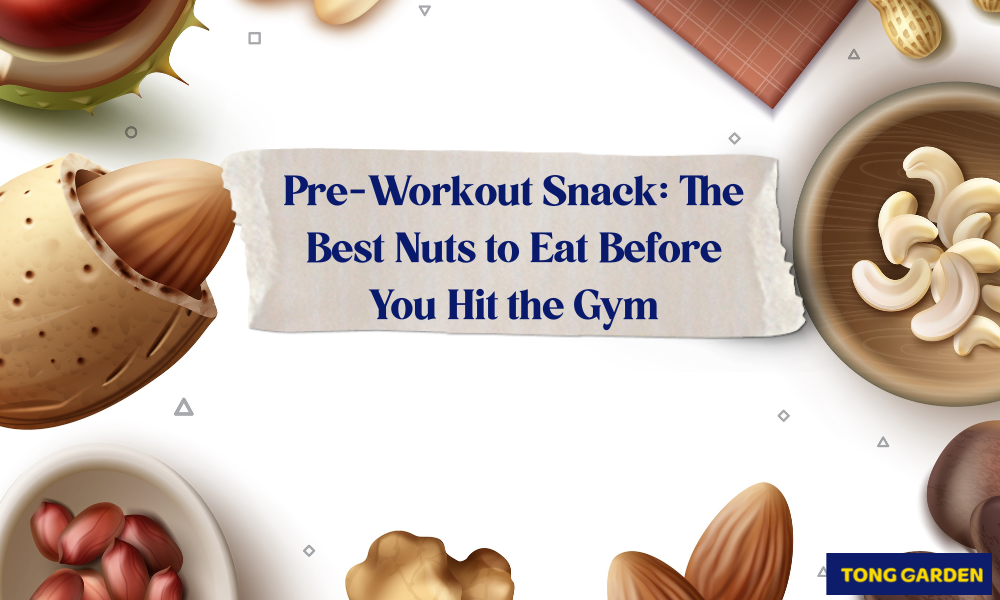
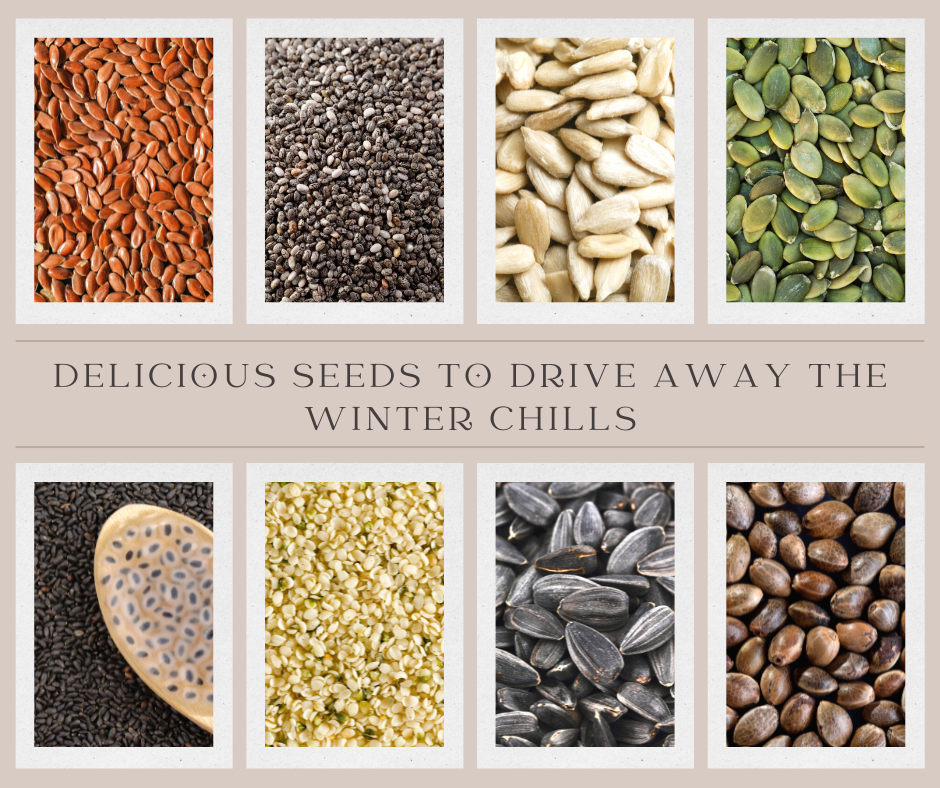
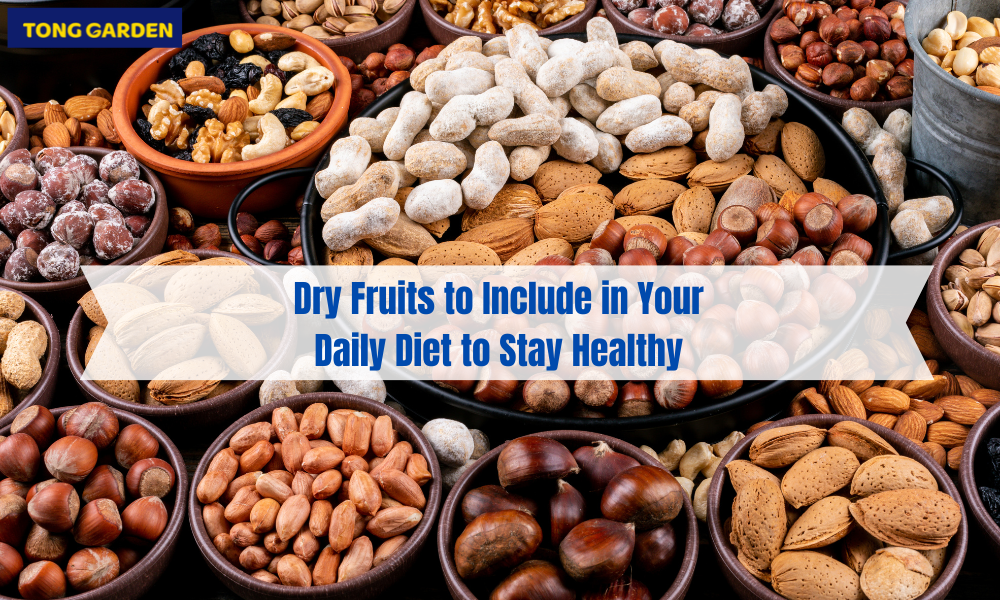
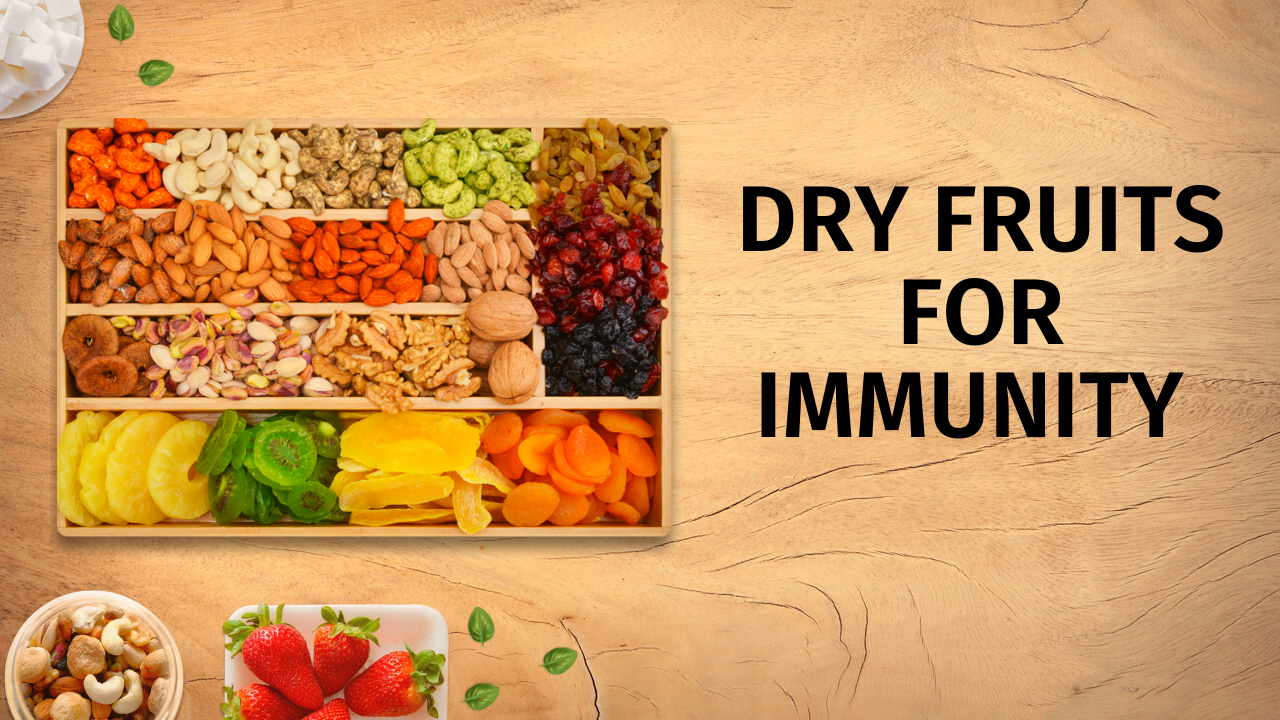
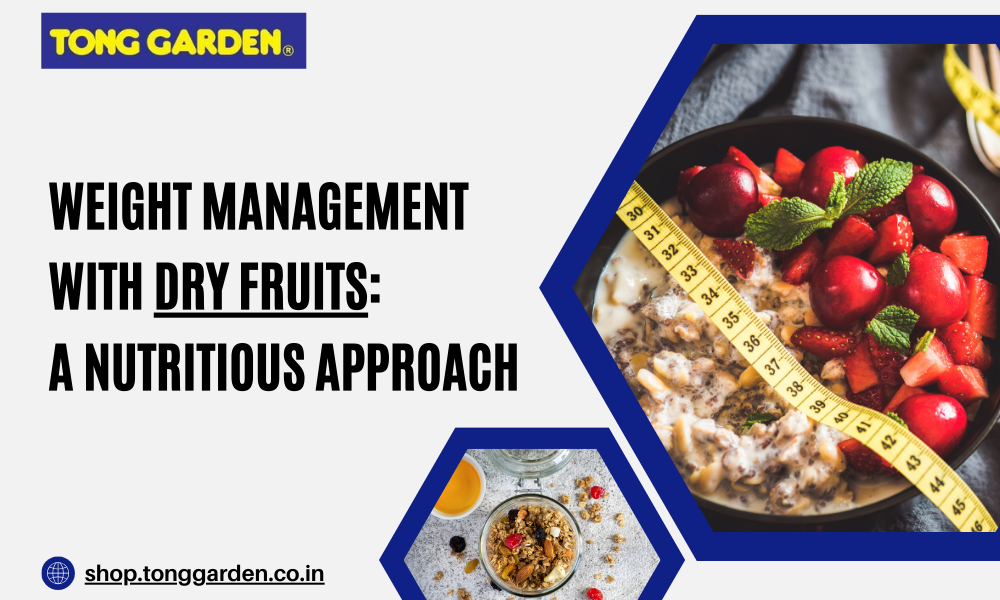

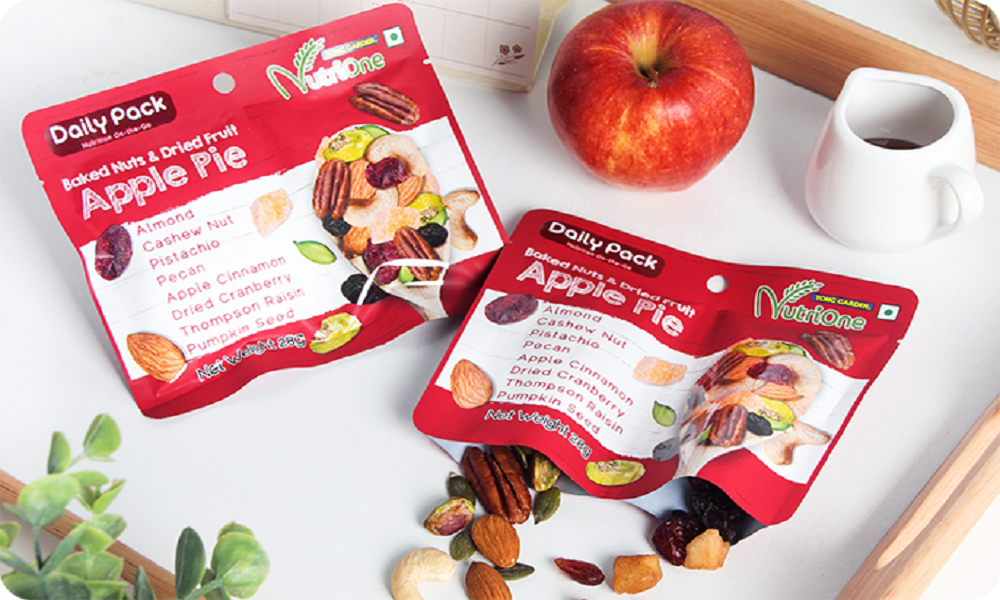
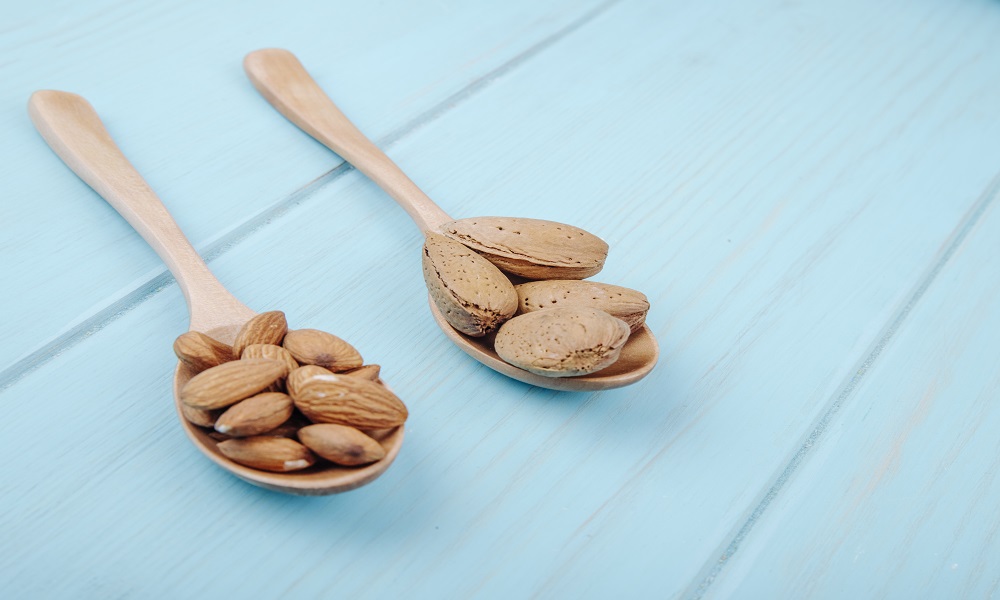
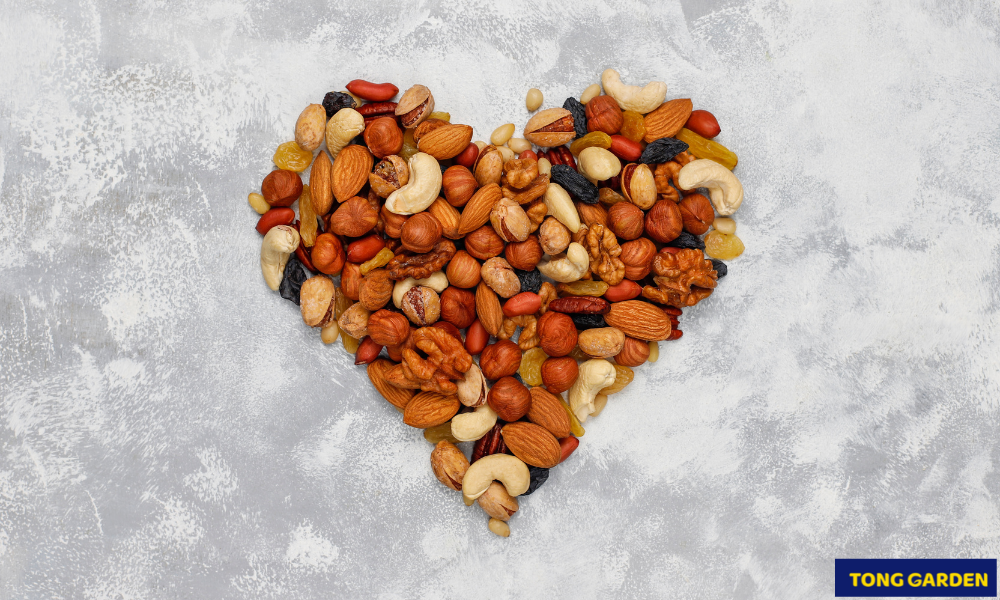

Leave a Reply